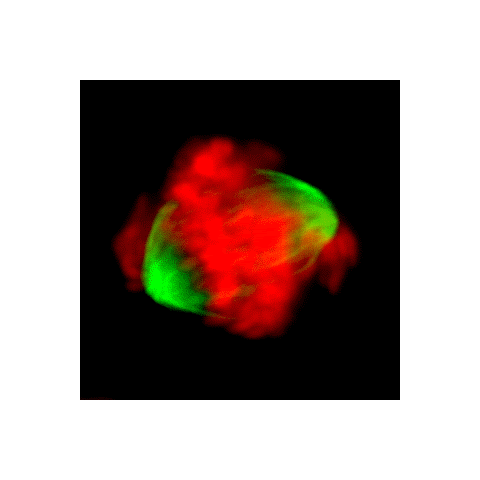
Reaching Young Adults: Development of an Internet Intervention for Skin Cancer Prevention
-
Several studies have shown that young adults 18 to 25 years old commonly expose themselves to ultraviolet (UV) radiation, either from the sun or indoor tanning, without using sunscreen or other skin protection.
This exposure is a known risk factor for skin cancer, which is the second most common cancer in the young adult population. Interventions for the prevention of skin cancer have been developed, but few have the capacity to be disseminated on a wider scale.

Since the vast majority of young adults use the Internet, we explored the potential of using this medium as a skin cancer prevention intervention tool for this population. We developed UV4.me, an online intervention to address the risk behaviors among young adults. In our paper, we describe the phases of development of the Internet intervention.
Planning the Intervention
Phase 1 of the project included individual interviews with a convenience sample of 25 young adults and two sets of focus groups of four to eight people each to develop the website’s content.
For the interviews, the participants were asked to “think out loud” as they responded to a draft survey and reviewed a skin cancer prevention pamphlet that was used successfully in a previous intervention. The participants discussed their thoughts on the pamphlet and survey, and provided feedback on what they liked and didn’t like, as well as their suggestions. From these data, we decided to include an avatar activity on our site but chose not to use Twitter or text messaging, as participants rated these features as unappealing.
In the first set of focus groups, the participants reviewed potential images for the site, made suggestions for general web programming, and discussed activities identified from the individual interviews. We then drafted preliminary content and chose images for the second set of focus groups to review. This set of groups provided even more specific feedback about tailoring material for young adults.
Creating the Intervention
Phase 2 of the project involved developing the website. The site included 12 modules with content on UV exposure, effects of exposure, and the strategies for protection. We created computerized algorithms to automatically direct users to particular modules based on their responses to initial questions. The site included videos, photos, and other interactive features including setting goals for prevention measures and printable prevention resources, as well as the development of a personalized avatar.
Health information needs to be understood by a broad audience. To ensure our site was understandable, two health literacy experts evaluated the site with the software program, Health Literacy Advisor. This review led to some simplifications to enhance the readability and understandability of the site, as well as to ensure the site was easily navigated.
Phase 3 of the project involved assessment and revision using cognitive interviewing, acceptability testing, usability testing, and quality control testing.
The Pilot Test

In phase 4, we conducted a pilot randomized controlled trial, recruiting participants from an existing Internet research panel. Eligible participants were 18 to 25 years old, had a moderate to high risk of skin cancer based on an assessment tool, and had no personal history of skin cancer. Of 222 people screened, 96 were eligible, and 53 provided informed consent and baseline surveys. These 53 were randomized to the experimental intervention site, an existing site (Skin Cancer Foundation) or assessment only. Forty-six participants submitted follow-up surveys after three weeks.
Fifteen individuals were randomized to the intervention, of which 13 accessed the intervention. Participants spent an average of 90 minutes using the website and logged in about eight separate times. Overall, the perceptions of the website were good, with ratings ranging from 4.4 to 4.7 on a scale of 1 to 5 (5 being the best). The highest-rated items were that the website was useful, easy, convenient, and helpful. The participants said the site increased their knowledge about skin protection and skin cancer. They also reported they would be likely to recommend it to others. The participants also indicated no problems with the website itself, and open-ended feedback suggested the information presented was helpful, as was the short length and the interactivity of the modules.
The Next Steps
After the pilot trial, a fully powered randomized controlled trial was initiated in the spring of 2014. Reports on the trial are forthcoming. Also in the works is a dissemination trial assessing various strategies to engage young adults in the intervention.
It is important to publish detailed descriptions of intervention development procedures to help prepare other researchers for the process and so that reports of intervention trials can be interpreted properly. The strengths of this project are the systematic development of an Internet intervention using multiple methods and input from both experts and young adults. Development of an acceptable intervention intended to have a significant public health impact requires a relatively large investment in time, money, expertise, and ongoing user input.
